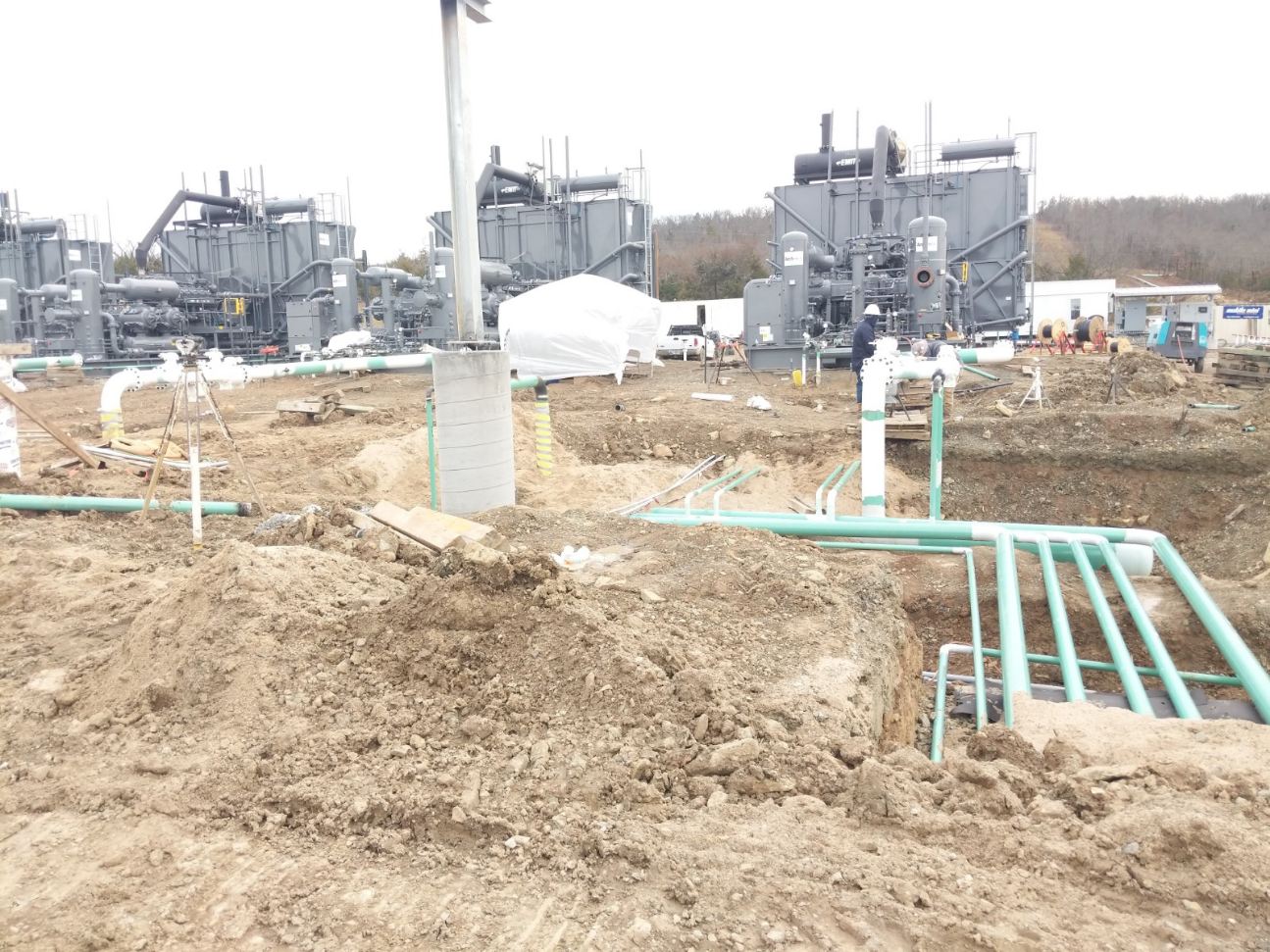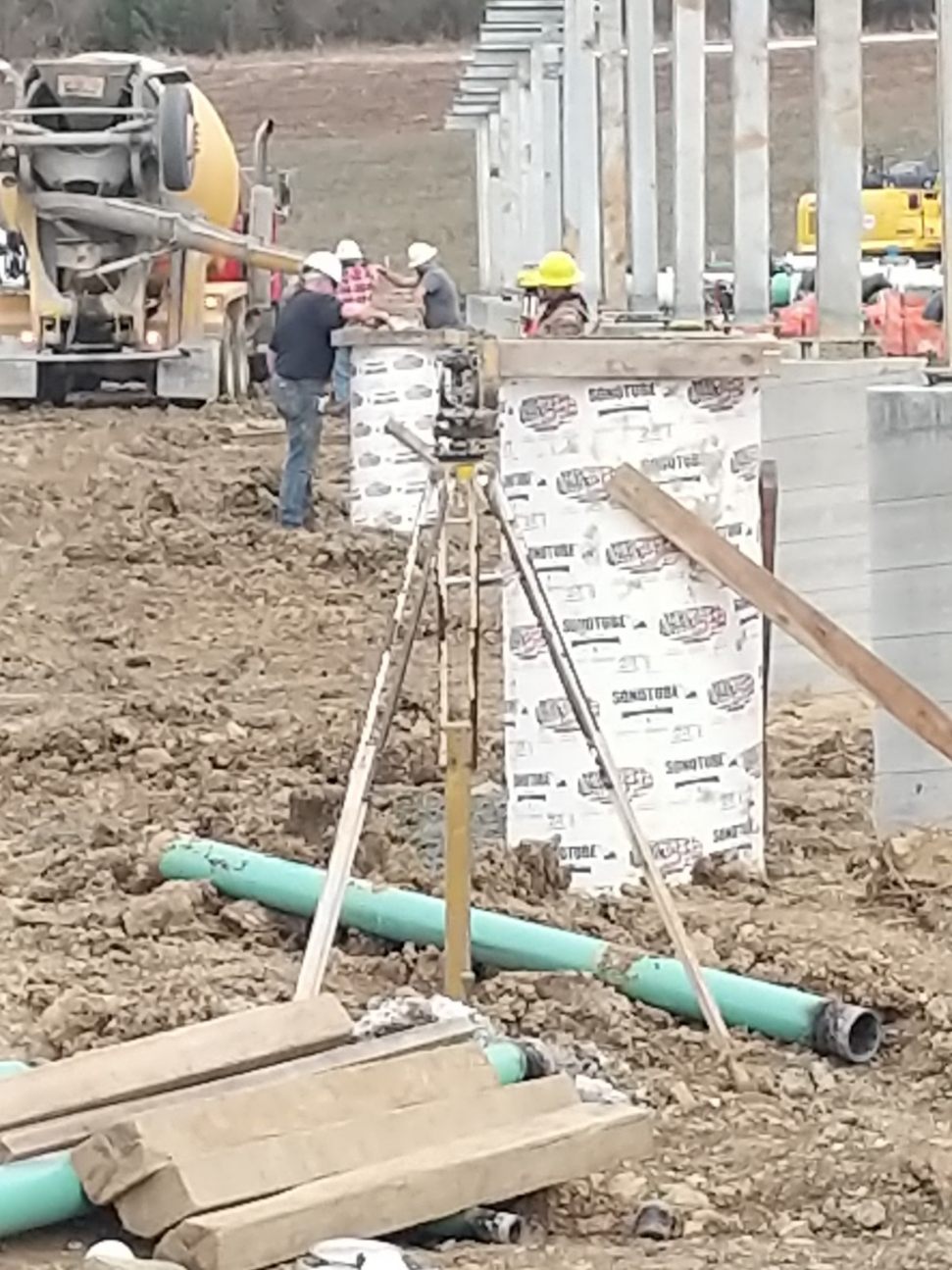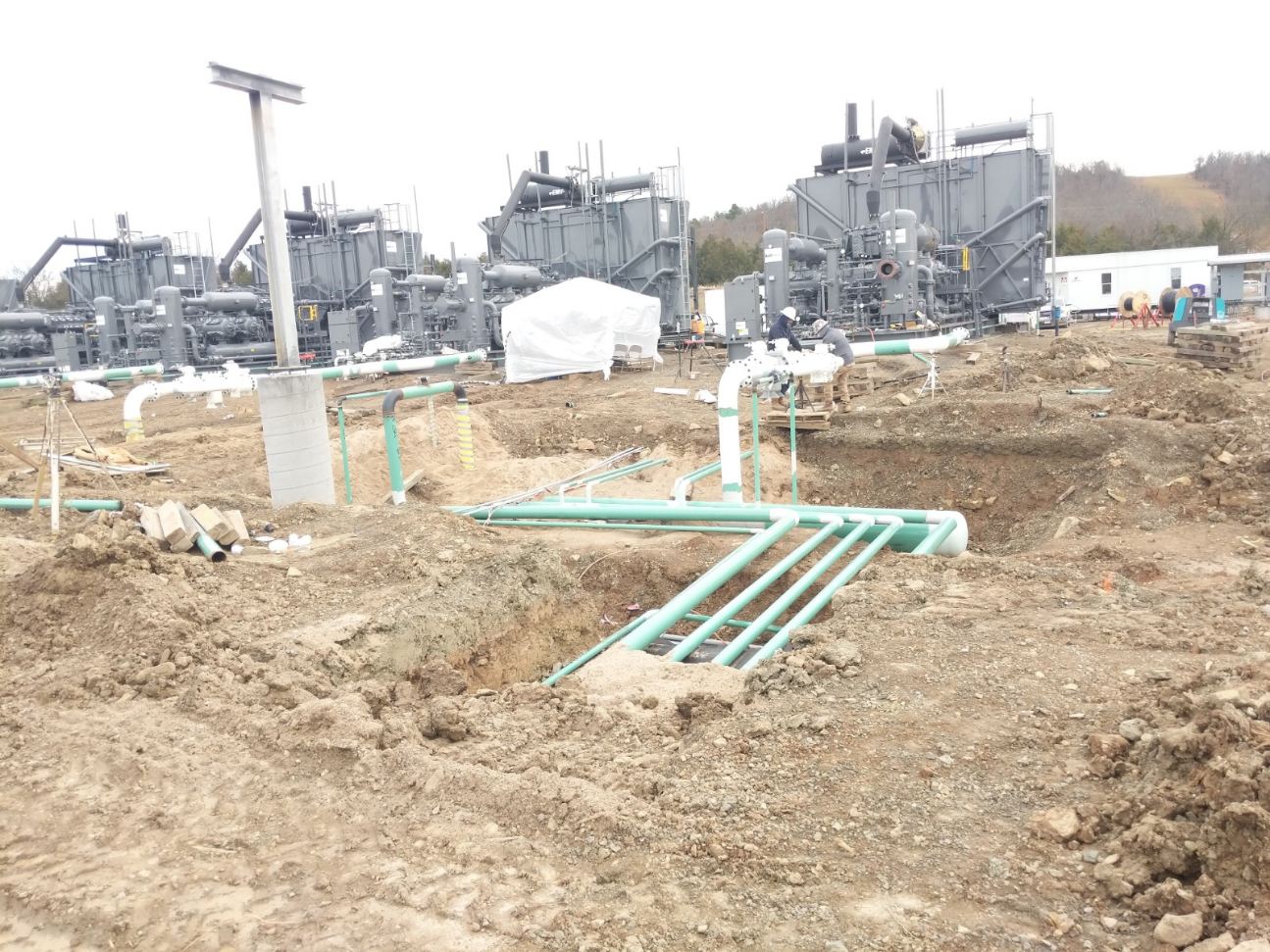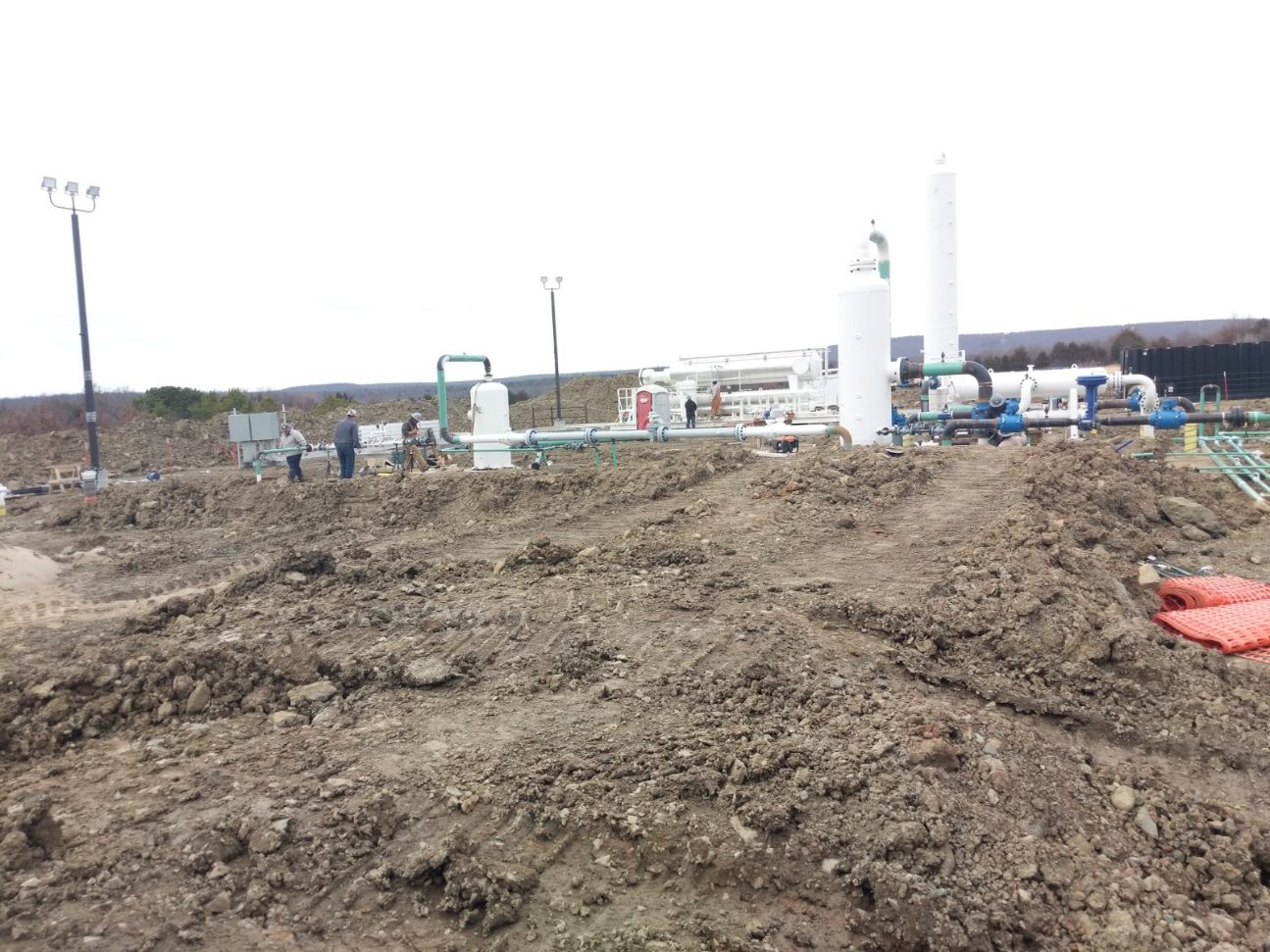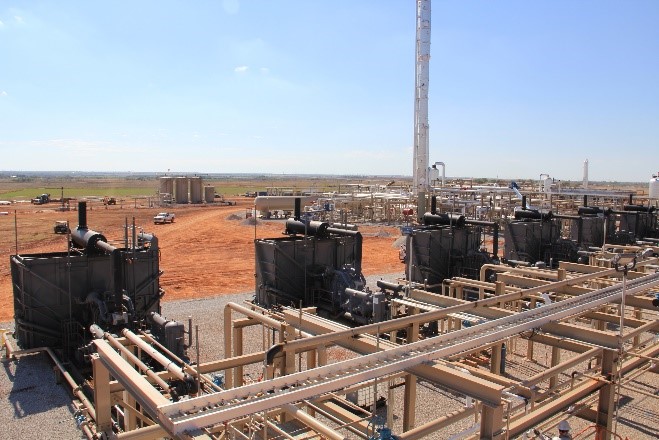A compressor station is a facility which helps the transportation process of natural gas from one location to another. Natural gas, while being transported through a gas pipeline, needs to be constantly pressurized at intervals of 40 to 100 miles. Siting is dependent on terrain, and the number of gas wells in the vicinity. Frequent elevation changes and a greater number of gas wells will require more compressor stations. The gas in compressor stations is normally pressurized by special turbines, motors and engines.
The compressor station, also called a pumping station, is the “engine” that powers an interstate natural gas pipeline. As the name implies, the compressor station compresses the natural gas (increasing its pressure) thereby providing energy to move the gas through the pipeline.
Pipeline companies install compressor stations along a pipeline route. The size of the station and the number of compressors (pumps) varies, based on the diameter of the pipe and the volume of gas to be moved. Nevertheless, the basic components of a station are similar.

